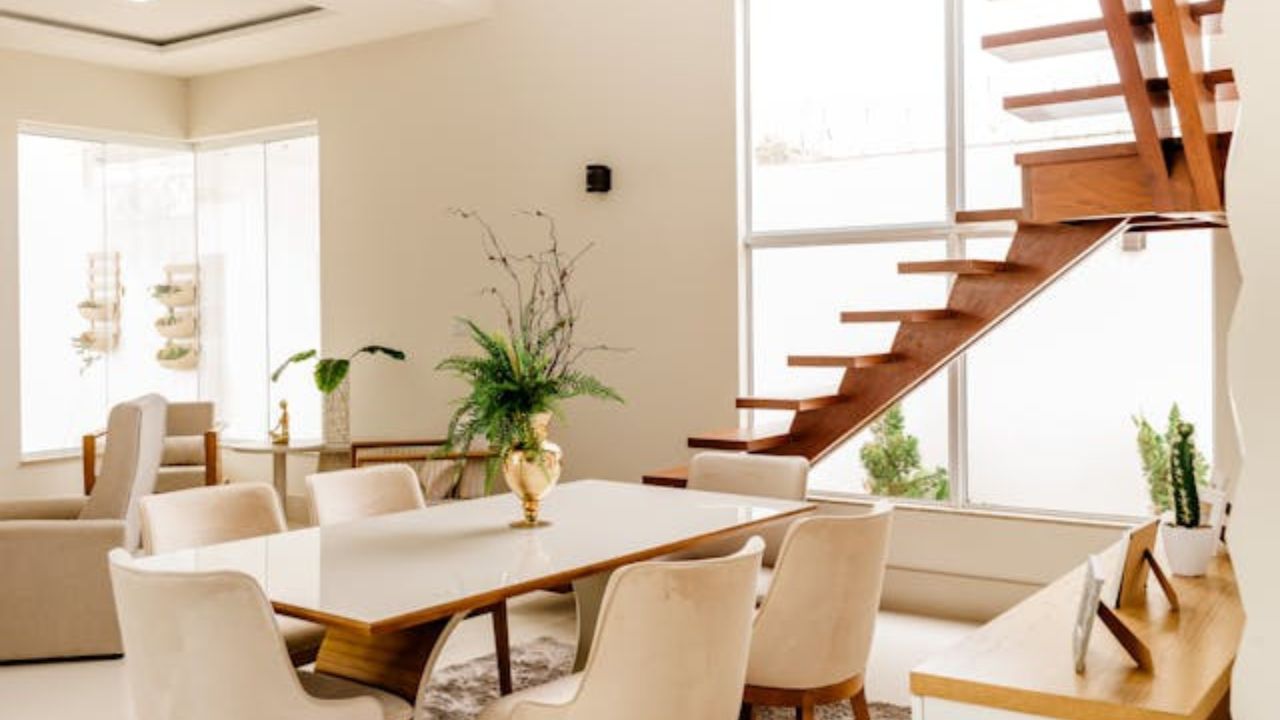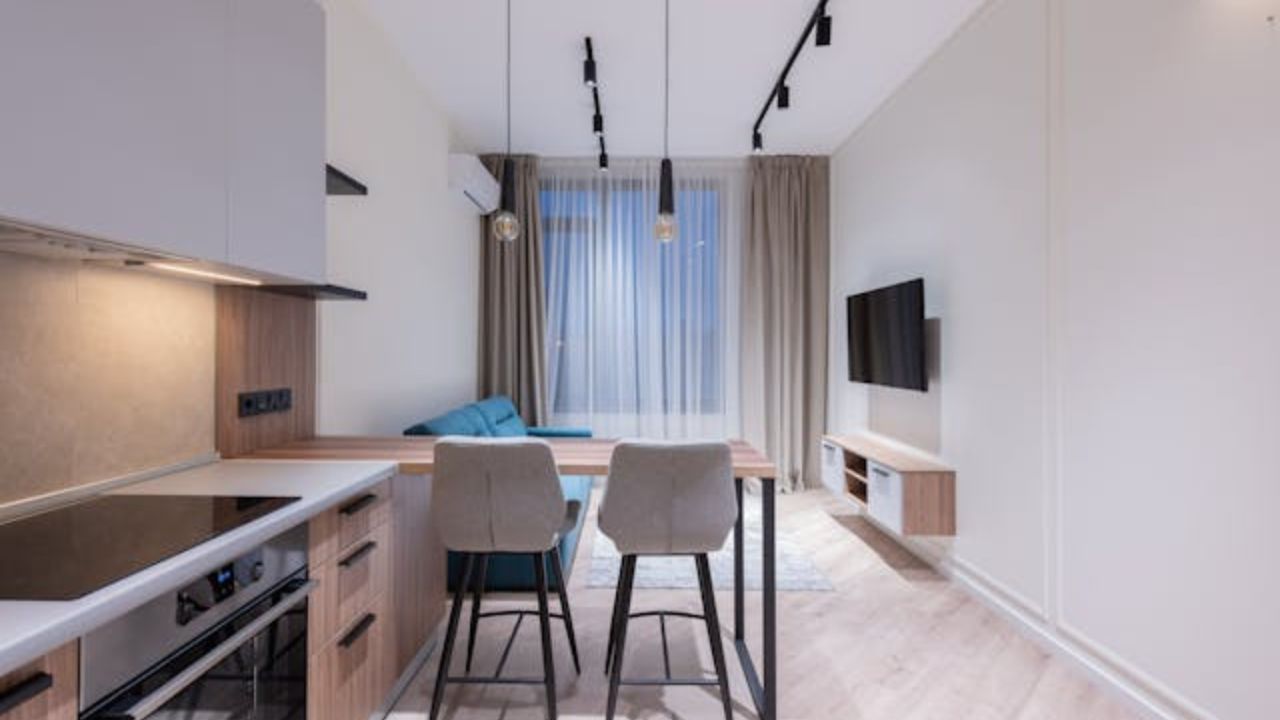
In the world of interior design, decoration trends come and go, often reflecting cultural, behavioral, and social changes.
While many people love decorating their walls with vibrant art, modern furniture, and personality-filled accessories, a growing movement celebrates simplicity: the appreciation of white walls as a central element in interior design.
+ 7 things that can make your antiques look cheap (and how to avoid it)
Known as anti-decoration, this trend challenges traditional interior design conventions by boldly and intentionally embracing minimalism.
But what does it really mean when empty walls become a style statement? In this article, we explore the reasons behind this concept and how it is transforming modern interior design.
What is anti-decoration?
Anti-decoration is a movement in interior design that takes the concept of minimalism to another level, removing or even completely eliminating decorative items. The focus is on the absence of decoration, allowing the space itself to become the main feature.
Although it may seem counterintuitive, this trend is gaining momentum, especially in contemporary settings where organization, balance, and visual lightness are highly valued.
Empty walls are the highlight of this concept, with rooms intentionally free of embellishments and with few furnishings, allowing architecture, materials, and lighting to be the true focal points.
While traditional styles prioritize layers of textures, colors, and many objects, anti-decoration seeks to create spacious, calm, and visually balanced environments.
The result is a deliberately clean aesthetic, with rooms free of paintings, sculptures, or excessive decorations. Here, the beauty of space, materials, and architecture takes center stage.
Minimalism and modern architecture as pillars of anti-decoration
The rise of anti-decoration is directly linked to the growth of minimalism, a philosophy adopted not only in design but also in lifestyle, fashion, and personal organization.
The “less is more” concept has gained traction, inspiring thousands of people to simplify their spaces and focus only on the essentials. Anti-decoration, as an extension of minimalism, brings this philosophy into the home.
Moreover, the influence of modern architecture is fundamental to this movement. Many contemporary homes are designed with open floor plans, straight lines, panoramic windows, and high ceilings — features that, by themselves, eliminate the need for additional decorations.
In these spaces, the architecture itself becomes a work of art. Abundant natural light, unobstructed views, and materials like concrete, wood, glass, and metal are highlighted and celebrated instead of hidden behind furniture or artwork.
Exposing structure and valuing raw materials creates a sophisticated, authentic, and timeless aesthetic — the essence of anti-decoration.
Empty walls and the psychological impact on well-being
In addition to its aesthetic proposal, anti-decoration also offers psychological benefits. In an increasingly fast-paced and chaotic world, many people find in white walls and empty spaces a way to bring more calm, focus, and well-being into their routines.
Environments free of visual clutter convey peace, mental organization, and a sense of lightness. With fewer visual stimuli, the brain feels less overwhelmed, contributing to a calmer and more relaxing home.
White walls also represent freedom and creative potential. They offer a “blank canvas,” encouraging a deeper connection with the space without the pressure of following traditional decoration standards.
Instead of filling every wall with paintings, shelves, or photos, anti-decoration relies on the power of emptiness as a source of balance and harmony.
Anti-decoration and contemporary lifestyle
As society embraces more conscious and sustainable practices, anti-decoration fits perfectly within this movement.
Simplifying spaces, reducing consumption, and prioritizing only what is truly necessary are behaviors aligned with minimalist, sustainable, and mindful lifestyles.
In addition to promoting more organized and functional environments, anti-decoration also has a lower environmental impact, as it encourages buying fewer items and investing in high-quality, durable, and timeless pieces.
Fewer objects mean less waste, less pollution, and consequently, a more sustainable life — both at home and for the planet.

How to adopt anti-decoration in your home
If you’re drawn to this aesthetic, here are some practical tips to bring anti-decoration into your home:
1. Embrace negative space
Intentionally leave areas of the room empty. Highlight bare walls, clear floors, and ample circulation, showcasing architecture and natural light.
2. Choose neutral colors
Colors like white, beige, gray, and off-white help create a calm base that enhances light and visually expands the space.
3. Select minimalist furniture
Choose furniture with straight lines, simple and functional. Less is more: choose few but high-quality pieces that meet the space’s functionality.
4. Highlight architectural elements
If your home has large windows, concrete walls, exposed brick, or wooden panels, let these elements be the focal point of the room.
5. Minimize wall decorations
Avoid filling the walls with paintings, shelves, and objects. If desired, choose a single large, impactful, and well-placed piece — or simply leave the wall bare.
6. Add natural elements with moderation
Materials like wood, stone, linen, and subtle plants help bring coziness without breaking the minimalist approach. They add texture and warmth in a subtle way.
The future of anti-decoration
The growing popularity of anti-decoration reflects a profound cultural shift that values simplicity, sustainability, mental well-being, and conscious consumption.
As more people adopt minimalist lifestyles and seek to detach from excess, the anti-decoration trend promises to remain strong, shaping the future of modern interior design.
Photo: Urbaki
This content was created with the help of AI and reviewed by the editorial team.

